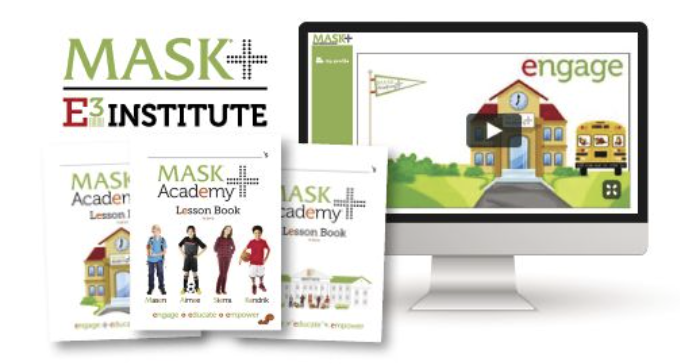
What Should College Age Students Do in the Summer
July 10, 2024
An “unhealthy” Temporary Solution to a Bigger Problem
July 15, 2024Helping an anxious child requires patience, understanding, and a supportive environment.
Here are some strategies you can use:
- Listen and validate their feelings: Encourage your child to express their feelings and thoughts openly. Listen without judgment and acknowledge their emotions as valid. Let them know it’s okay to feel anxious and that you’re there to help.
- Teach relaxation techniques: Teach your child simple relaxation techniques such as deep breathing, visualization, or progressive muscle relaxation. Practice these techniques together regularly, even when your child isn’t feeling anxious, so they become familiar and comfortable with them.
- Promote a healthy lifestyle: Ensure your child gets regular exercise, eats nutritious meals, and gets enough sleep. A healthy lifestyle can help reduce anxiety levels.
- Establish routines: Create predictable routines for your child, including regular mealtimes, bedtime, and homework schedules. Predictability can help reduce anxiety by providing a sense of stability and control.
- Encourage facing fears gradually: Help your child face their fears gradually, starting with small, manageable steps. Offer praise and encouragement for their efforts, even if they don’t fully overcome their fears right away.
- Model healthy coping strategies: Be mindful of how you manage your own stress and anxiety around your child. Model healthy coping strategies such as taking breaks, practicing relaxation techniques, and seeking support when needed.
- Provide reassurance: Offer reassurance and support to your child, letting them know that you’re there for them and that they can always come to you with their worries and concerns.
- Limit exposure to stressors: Be mindful of your child’s exposure to stressful or anxiety-provoking situations, such as violent media or overly demanding activities. Limiting exposure to these stressors can help reduce their anxiety levels.
- Seek professional help if needed: If your child’s anxiety is significantly impacting their daily life or if you’re unsure how to help them, consider seeking guidance from a mental health professional. A therapist or counselor can provide strategies tailored to your child’s specific needs and circumstances.
- Be patient and supportive: Above all, be patient and supportive as your child works through their anxiety. Understand that progress may be gradual, and setbacks are normal. Celebrate their successes and offer comfort and encouragement during challenging times.
To learn more tips and parenting subscribe to MASK The Magazine, parenting solutions for today’s families
Subscribe to MASK The Magazine
Or
Did you know that you can add past issues of MASK The Magazine and start your MASK Library –
Enroll your child or school in the MASK E3 Institute to equip them with the knowledge to make safe healthy and informed decisions.




